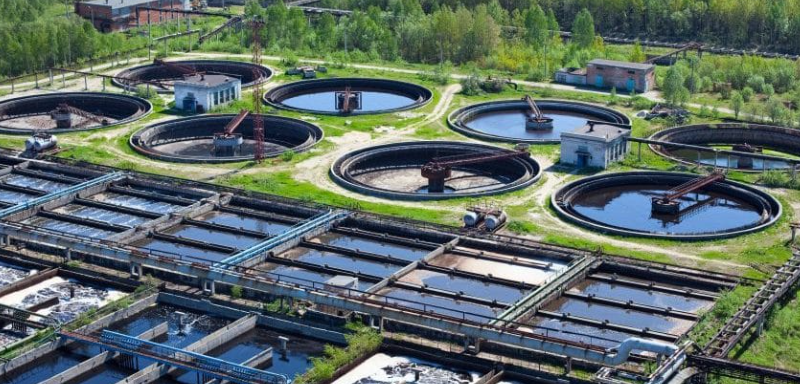What is the sewage treatment process?
Although not a particularly pleasant topic, there has been something of an increase in discussions around sewage and the state of Britain’s waters over the past few months.
Former singer Feargal Sharkey has been campaigning on the issue of sewage being pumped into our seas for a number of years, and there is also an ongoing debate about the possible renationalisation of water companies. Thames Water is currently struggling with debts of £14 billion

The sewage treatment process
There are actually six main stages in the sewage treatment process.
1. The first stage in the process is taking the wastewater away. This happens whenever a toilet is flushed, or sink is emptied. This wastewater is taken via pipes to a network of sewers and then to a sewage treatment works.
2. The second stage involves the screening and filtering of the wastewater. Large objects are removed, and any grit is also filtered out.
3/4. Stages three and four are referred to as the primary and secondary treatments. The primary treatment involves separating the waste from the water using settlement tanks. The secondary treatment involves removing smaller and sometimes invisible organisms.
Pipe problems
Underground sewerage pipes are subject to a lot of stresses and can crack or break. Repairing or replacing damaged underground pipes has historically been tricky and disruptive.

One way to make repairs without disruption is to use drain lining technology which enables non-invasive repairs. There are a number of experts specialising in drain lining Gloucester such as wilkinson-env.co.uk who can offer advice and repair services should you have an issue with pipes on your premises.
5. The fifth stage is where the treated wastewater is passed through one final settlement tank and then through a bed of sand to filter out any remaining undesirable particles.
6. The final stage involves returning the cleaned wastewater to the rivers/seas and any solids to land. The Environment Agency (EA) regulates the quality of the cleaned wastewater.
The sewage treatment process is lengthy but vital. And keeping pipes in working order is a key aspect of this.


